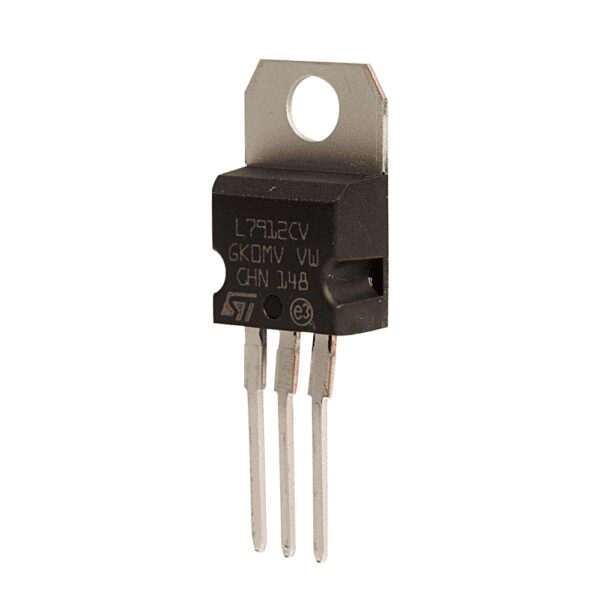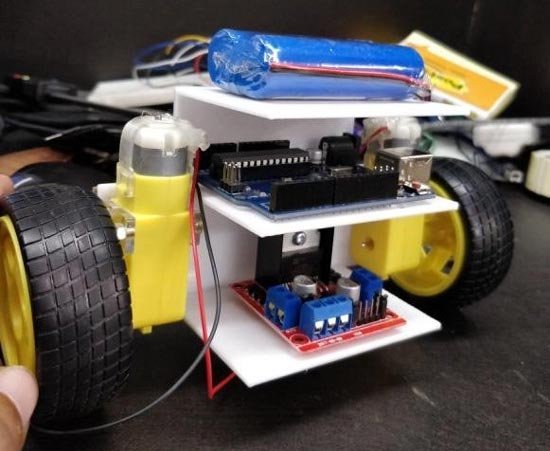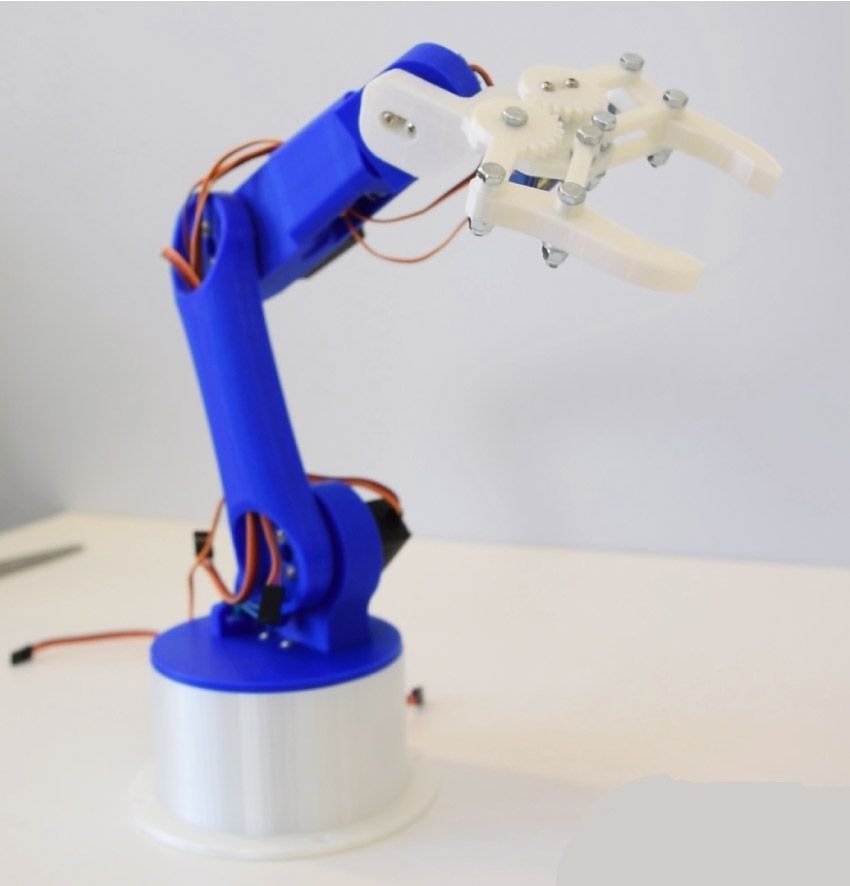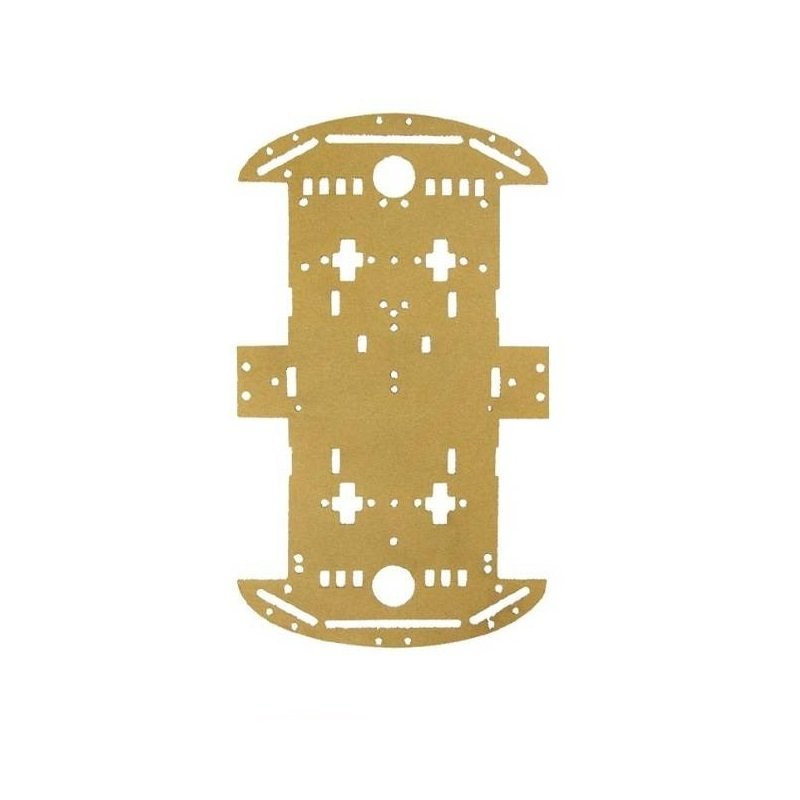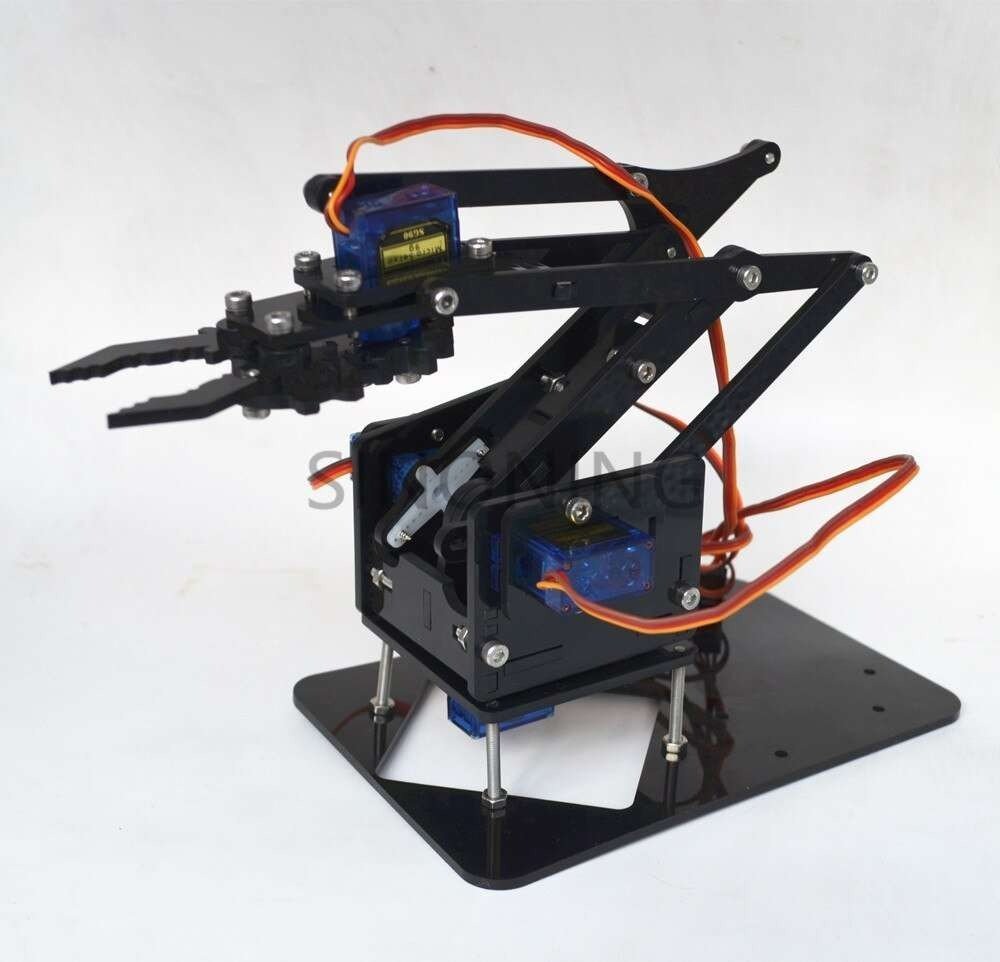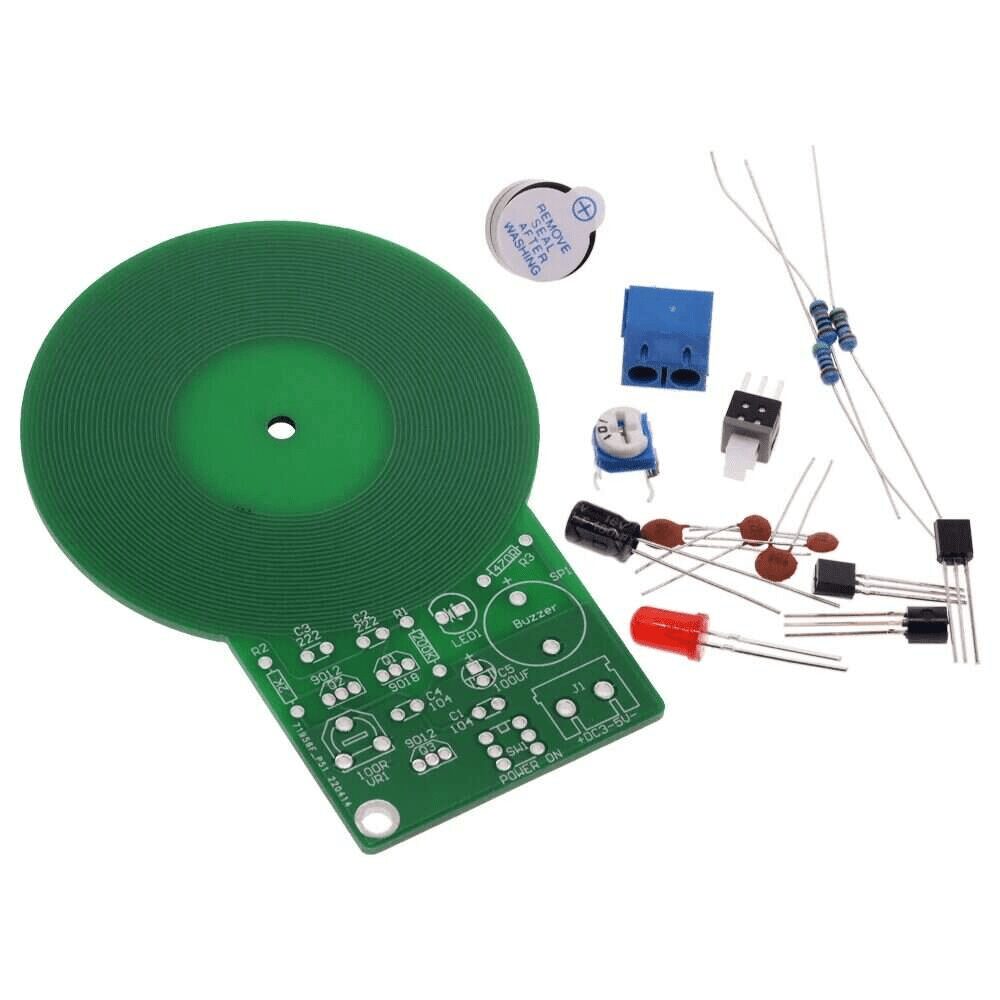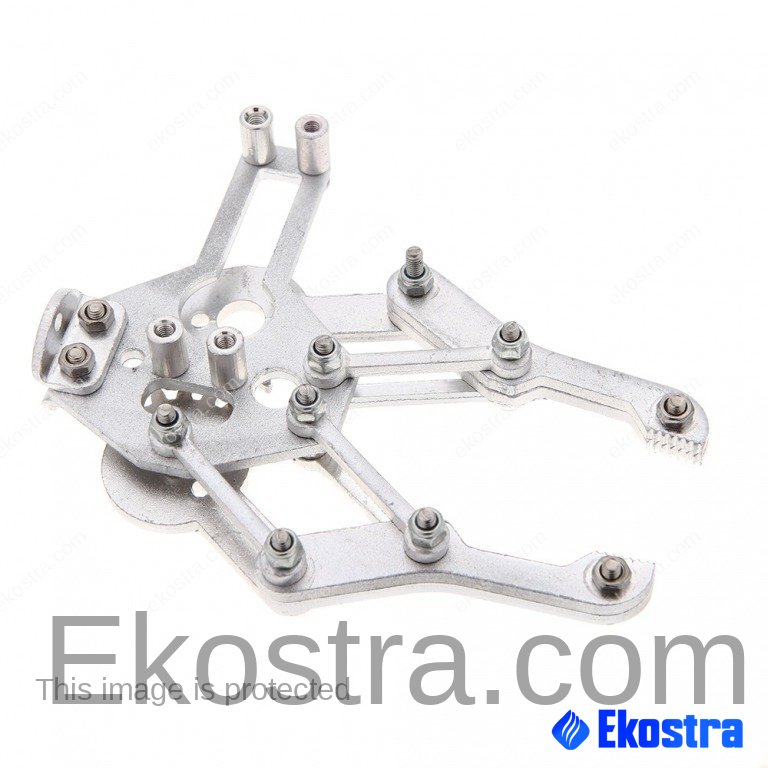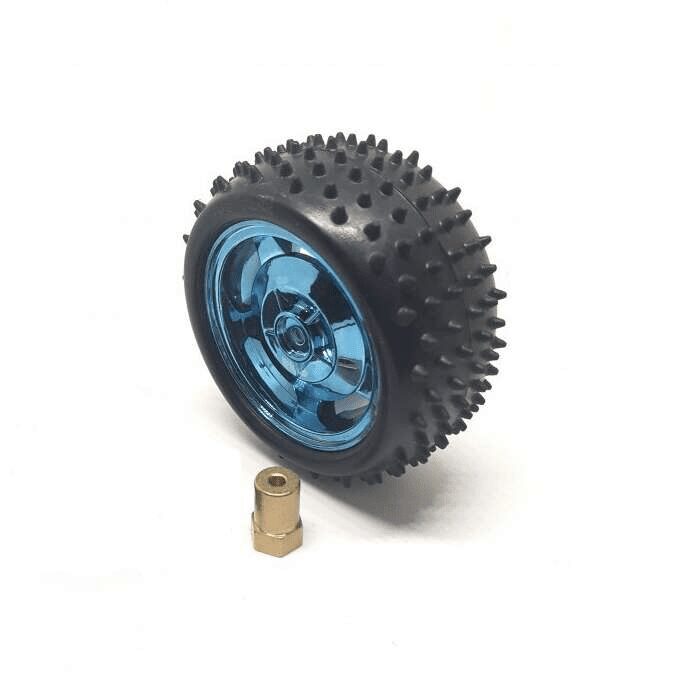DIY Self-Balancing Robot (3D Printed Chassis)
📄 **Description:
A self-balancing robot** is a two-wheeled, inverted pendulum system that balances itself using feedback from sensors (typically gyroscopes and accelerometers) and control algorithms (like PID). This robot uses a 3D printed frame for the body, making it lightweight, customizable, and beginner-friendly.
The robot constantly adjusts its wheel motion to stay upright, mimicking the behavior of devices like the Segway. It’s an excellent robotics project for learning control systems, sensors, motors, and microcontroller programming.
📦 Core Components:
| Component | Description |
|---|---|
| Microcontroller | Arduino UNO/Nano (or ESP32 for wireless capability) |
| Motor Driver | L298N or BTS7960 (for higher torque motors) |
| Motors | 12V DC gear motors (with encoders for better control) |
| IMU Sensor | MPU6050 (Gyroscope + Accelerometer) |
| Power Supply | Li-ion battery pack or 12V rechargeable battery |
| Chassis | 3D printed body (customizable to hold all parts securely) |
| Wheels | 3D printed or rubber wheels |
| Caster Wheel (optional) | For balance support while off |
| PID Algorithm | Implemented in software to balance the robot |
🖨️ 3D Printable Parts:
-
🔩 Base frame: Holds motors and electronics
-
🔧 Motor mounts: Custom fit for specific gear motors
-
🔋 Battery holder: Secured power supply
-
🧱 Top deck: Mounts Arduino, IMU, and motor driver
-
🛞 Wheels: Designed with tire grip patterns (optional TPU for tires)
Free STL files available on sites like Thingiverse, Printables, or MyMiniFactory.
🧠 How It Works:
-
MPU6050 reads tilt angle (pitch).
-
PID Controller compares angle to target (usually 0° upright).
-
PID Output adjusts motor speed/direction to correct tilt.
-
Continues loop at high speed (typically 100Hz+).
🌟 Key Features:
-
🔄 Self-stabilizes using PID feedback
-
🧠 Learns control systems and sensor fusion
-
🛠️ Fully customizable and upgradable design
-
🔌 Easily programmable using Arduino IDE
-
🖨️ Low-cost and 3D printable structure
🧪 Applications:
-
🎓 Educational robotics
-
🤖 Intro to control systems and embedded software
-
🧰 Hobby robotics and Arduino learning
-
🧪 Research prototypes for motion control



